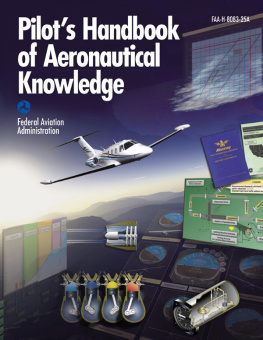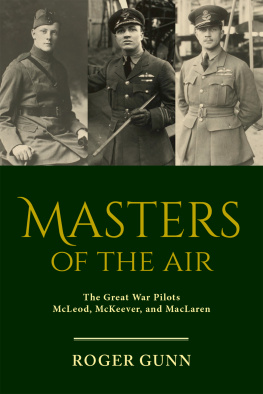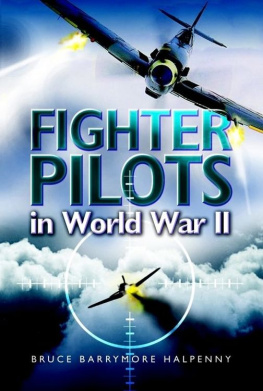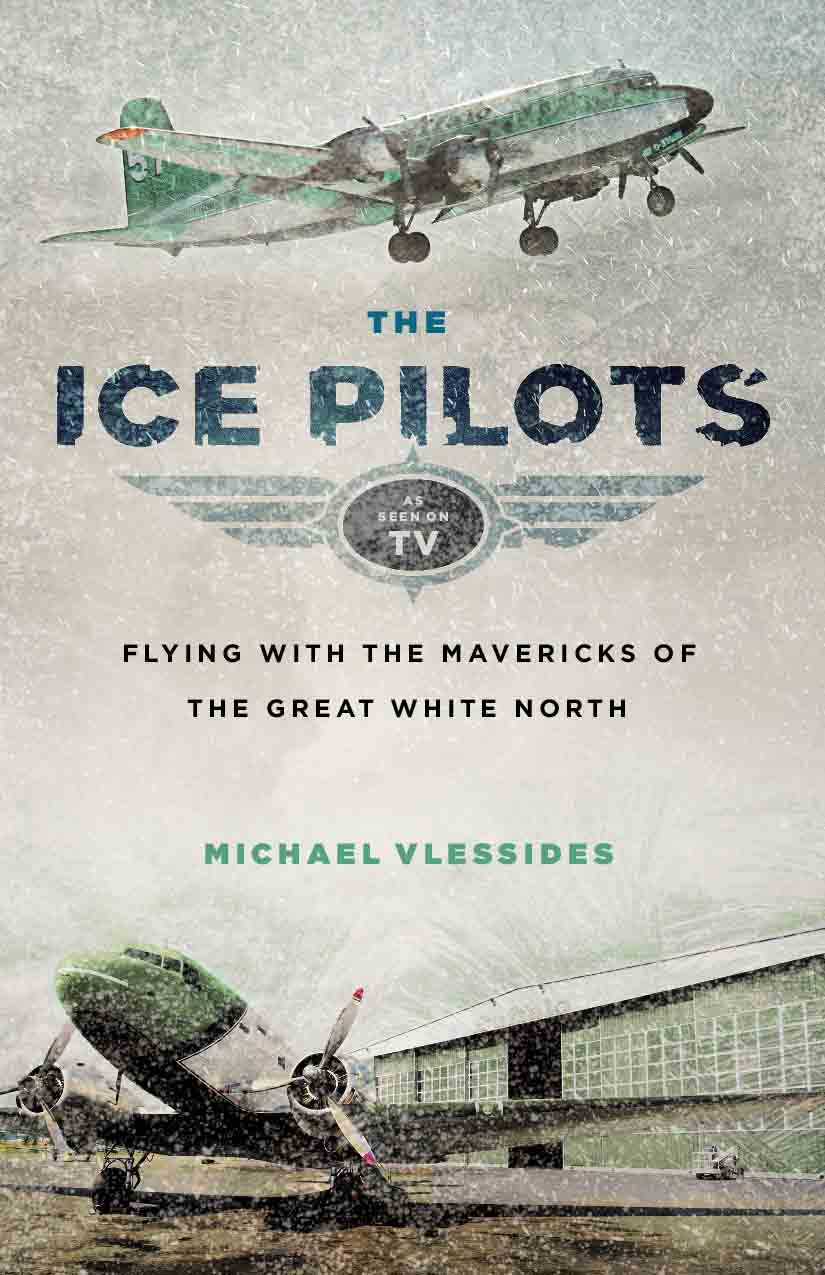

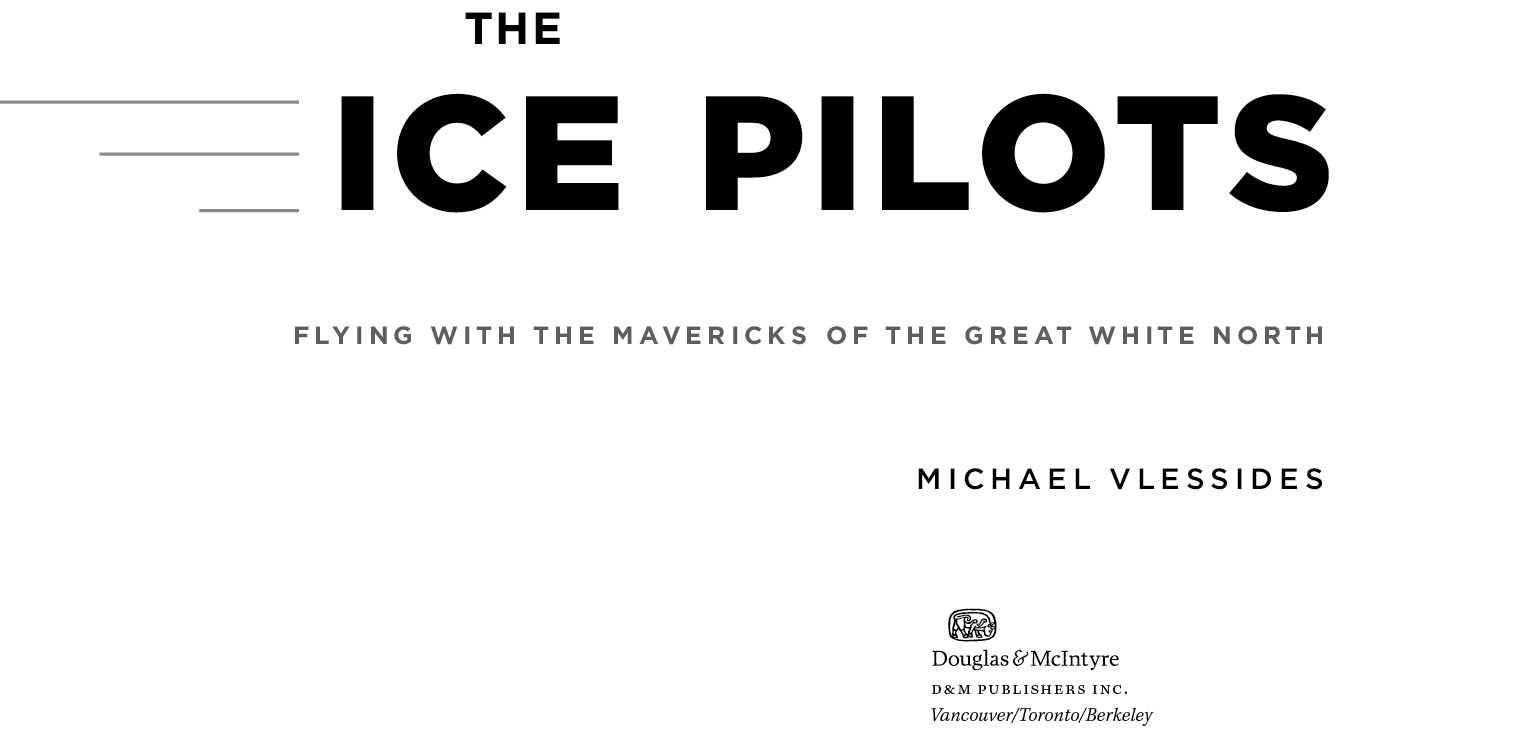
Copyright 2012 Michael Vlessides
Based on the television series Ice Pilots NWT produced by Omni Film Productions Limited
All rights reserved. No part of this book may be reproduced, stored in a retrieval system, or transmitted, in any form or by any means, without the prior written consent of the publisher or a licence from The Canadian Copyright Licensing Agency (Access Copyright). For a copyright licence, visit www.accesscopyright.ca or call toll free to 1-800-893-5777.
Douglas & McIntyre
An imprint of D&M Publishers Inc.
2323 Quebec Street, Suite 201
Vancouver BC Canada V5T 4S7
www.douglas-mcintyre.com
Cataloguing data available from Library and Archives Canada
ISBN 978-1-55365-939-6 (pbk.)
ISBN 978-1-55365-940-2 (ebook)
Editing by Trena White
Copy editing by Peter Norman
Cover design by Heather Pringle and Peter Cocking
Cover photography by Ed Araquel, courtesy of Omni Film Productions Limited
We gratefully acknowledge the financial support of the Canada Council for the Arts, the British Columbia Arts Council, the Province of British Columbia through the Book Publishing Tax Credit, and the Government of Canada through the Canada Book Fund for our publishing activities.
For those who have ever dreamed, or dared, to fly...
CONTENTS
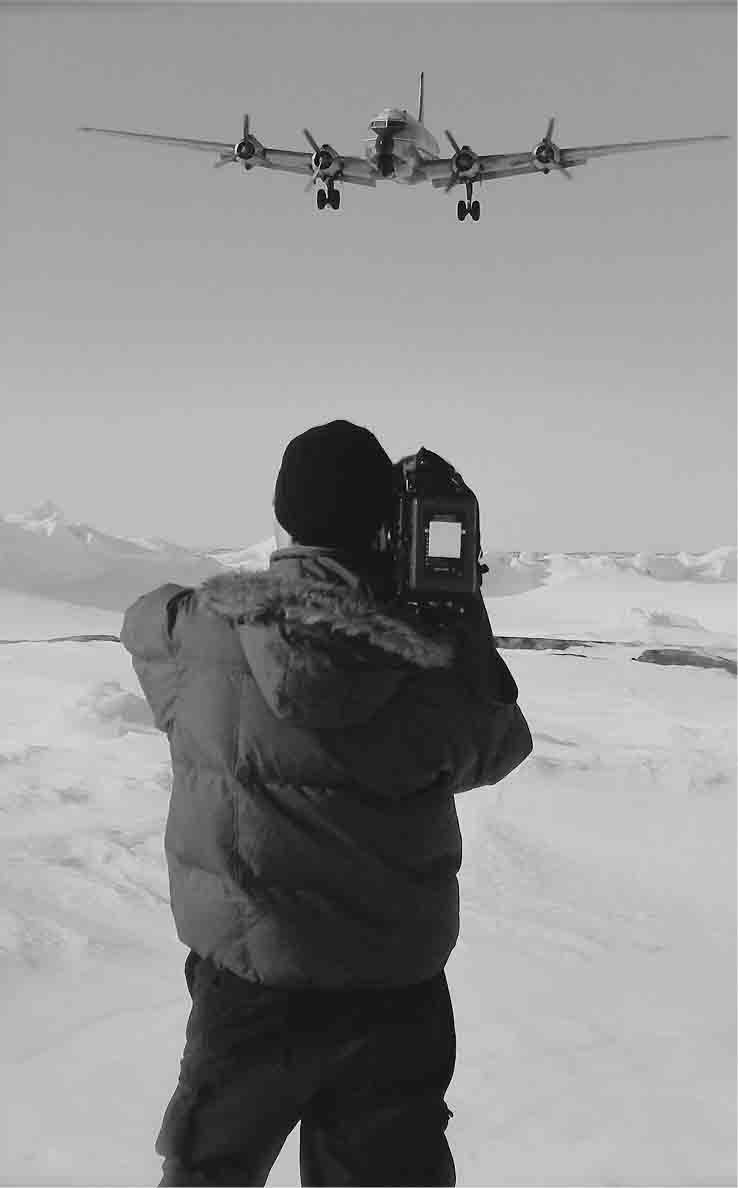
INTRODUCTION
At forty degrees below zero, the Fahrenheit and Celsius scales converge. Above and below that point they are strangers, relying upon a complex mathematical formula to bring them into unity with each other. It is only at that single spot that they share the same space, carry the same meaning.
At forty degrees below zero, human flesh that has the acute misfortune of not being covered with protective clothing begins to freeze in mere minutes. The cold air triggers a physiological response focusing on one lofty goal: survival. Capillaries and veins near the skins surface shrink violently. Blood moves to the bodys core in an attempt to protect vital organs.
Yet as valuable as this response may be to keeping us humans alive, it doesnt do much to safeguard some important body parts from the ravages of the extreme cold. Indeed, reduced blood flow to the hands and feet can be dangerous, since blood is the bodys primary heating fuel. As blood flow decreases, the chances of frostbite increase.
As the temperature of the skin falls below the freezing point, ice crystals begin to form in its cells, killing them along the way. In its earliest stages, this is called frostnip, a relatively benign condition that may see a few layers of skin eventually die and slough off, later to regenerate. With continued exposure to the cold, however, the freezing deepens and the damage to fragile flesh increases. True frostbite ensues.
In second-degree frostbite, the skin freezes solid. Blisters may occur a couple of days later, eventually hardening to an unholy blue-purple or black colour. In less severe cases the blisters will eventually peel off (an extraordinarily painful process in its own right), revealing layers of new skin underneath.
Leave the flesh exposed to 40 temperatures for even longer, though, and the freezing becomes more extensive. Deep frostbite occurs as the muscles, tendons, blood vessels, and nerves freeze solid. The skin becomes hard and waxy; the ability to use the area is lostperhaps forever. Nerve damage is commonplace.
In those severe cases, the only remedy is amputation, as gangrene sets into the now-dead flesh. Entire digits blacken and begin to shrivel, a process sometimes accompanied by a foul-smelling discharge. If the frostbite goes completely untreated, affected body parts may actually fall off.
That is the clinical view of frozen flesh, one established by scientists working comfortably in their laboratories and offices as they sipped warm mugs of tea or coffee. Yet it is certainly not the only view. Just ask the Ice Pilots.
The Ice Pilots. Since its premiere on November 18, 2009, the television documentary series Ice Pilots NWT (commonly shortened to Ice Pilots by its fans) has been giving the world an up-close and sometimes painfully personal view of what 40 feels like through the eyes, ears, hands, and feet of the men and women of family-run Buffalo Airways, a throwback airline based in Yellowknife, Northwest Territories, one of the northernmost cities in one of the coldest countries on the planet.
Throwback airline? Indeed. Buffalo Airways operates from a frontier town perched on the edge of a wilderness so vast and remote that only a minute percentage of humankind ever gets to see it, let alone work in it. But what makes Buffalo Airways and Ice Pilots the international phenomena they have become are the birds the airline uses to deliver humans and cargo to the far-flung reaches of the North: World War IIera piston-pounding propeller planes that most airlines turned to scrap metal decades ago. These planesclassics like the Douglas DC-3 and DC-4 and the Curtiss-Wright C-46 Commandoonce ferried troops and supplies over enemy lines. Now they operate in a different theatre, negotiating the battle lines of blizzards and dwindling fuel supplies in one of the most merciless regions on Earth.
For me, though, Buffalo Airways was a piece of nostalgia, a wisp of memory from a special time earlier in my life. A native New Yorker who came to Canada as an idealistic twenty-five-year-old in the early 1990s, I travelled across this great country to the far reaches of the Arctic, including Yellowknife. And it is impossible to live in the Canadian Arctic without having heard about Buffalo Airways and its crustily iconic leader, Buffalo Joe McBryan, who started the airline back in 1970.
Buffalo Joe was a presence in almost every northern community I called home in those years, whether in person or in legend. People said that if something needed to get from Point A to Point B, regardless of the weather or season, Buffalo Joe was the guy to do it. I knew that was true: legends are not easily built in a land so rugged it has been known to reduce the toughest of men to babbling fools.
Nevertheless, Id be lying if I said I didnt entertain the occasional sliver of doubt about the flightworthiness of Joes fleet of vintage aircraft. Those moments usually occurred in the bay window of my sixth-storey apartment in Yellowknifes Anderson Thomson Tower, which faced the runway of the Yellowknife Airport, a few kilometres away. I would stand there in nervous anticipation, watching a DC-4 attempt to defy gravity and lumber its way over my building, one of the tallest in the Yellowknife skyline. On more than one occasion I was convinced this was the time the plane definitely, positively would not make it over. It always did.
So when presented with an opportunity to dedicate the better part of a year to bringing the inner workings of Buffalo Airways to life in the pages of this book, I leapt. Here was my chance to find out what really makes this quirky-yet-successful airline tick. Here was my chance to explore the rich history of the North and the critical role that aviation has played in weaving its cultural fabric. Here was my chance to get behind the scenes of the show and spend time with Buffalos characters. And here was my chance to see if I could crack the infamous shell of Buffalo Joe, a man whose temper and stubbornness was the stuff of legend across the North.
Next page


